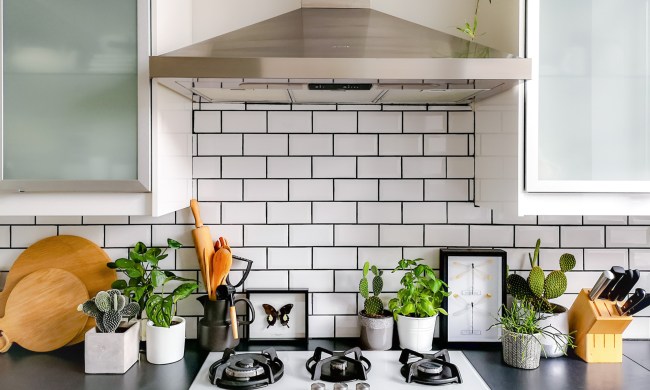Everyone wants a better night’s sleep; there’s no doubt about it. The latest sleep trend is designed specifically for side sleepers: a pillow shaped like a cube, which claims to be just right for those who most often sleep on their sides. But is the aptly-named Pillow Cube worth the splurge or is it just another gimmick?
What’s a Pillow Cube, anyway?
The Pillow Cube is thicker than more conventional pillows and is designed to help side sleepers keep their heads from slanting down and waking up with a crick in their necks. With that said, the way it’s made could allow other people who might need to have their heads propped up, such as snorers or the elderly, to increase their airflow and thus breathe better.
The Pillow Cube Pro is slightly larger than the classic version and measures 24 by 12 inches. Additionally, instead of being square, it’s rectangular and comes in three heights instead of two. (4, 5, and 6 inches).
What’s the difference?
The most significant distinction that sets the Pillow Cube apart from others is that the manufacturers designed it only for side sleepers. In contrast, most conventional pillows are for anyone and everyone.
For example, typical pillows on the market include:
- Standard pillows, the most common out of all the pillows on this list. This is what you probably think of when you think of pillows. They fit all bed sizes and typically measure 20 by 26 inches. They fit in both standard and queen-sized pillowcases.
- Super standard pillows measure 20 by 28 inches and thus are a bit longer than the standard. These types of pillows also fit within both standard and queen-sized pillowcases and are usually purchased by people who need more help in keeping their heads level throughout the night.
- Body pillows measure 20 by 54 inches long, and many people use these pillows to provide support and act as pressure-point relief. Part of that is helping individuals maintain a better sleep position all night long.
As you can see, none of the common pillows on the market today are designed specifically with the side sleeper in mind, as the Cube Pillow is. In addition, the material that fills most pillows is made up of micro-feathers, down, kapok, micro-beads, buckwheat, gel, latex, wool, innersprings, or even water. In contrast, the Cube Pillow is one of the only square pillow brands made up of high-rebound foam, a firm type of foam that usually forms the bottom layer of memory foam mattresses.

Pros and cons
Now that you know the difference between the Pillow Cube and your average pillow, is it worth you shelling out the cash? If you’re a side sleeper, it might be, but that’s up to you to decide. We put together a pro and con list to help make your decision a bit easier.
Pros:
- Specific neck-supporting design for side sleepers
- Customizable size options
- Comes with a pillowcase and a soft zipper cover
- Breathable and cool all night
Cons:
- Steep price
- Single-color pillowcase

Final thoughts
If you’re a side sleeper, you might want to try out the Pillow Cube. It’s supposed to help with spinal alignment and improve airflow. It claims to provide sleepers with maintaining a perfect angle between the head and shoulders and keeps you comfortable for a restful eight hours of sleep.
There are mixed reviews online, with some suggesting it works better than anything they’ve ever tried before. Others, however, can’t seem to figure out what the fuss is about. The 50 reviews on Pillow Cube’s website mostly rave about the pillow, claiming it’s responsible for their “best sleep ever.” However, other reviewers like Wirecutter and New York Magazine were less impressed, noting that the pillow is uncomfortable for people who tend to move around at night and didn’t provide the sleep catharsis the website promised. At the end of the day, whether it will help you get better sleep may simply be a matter of opinion.




